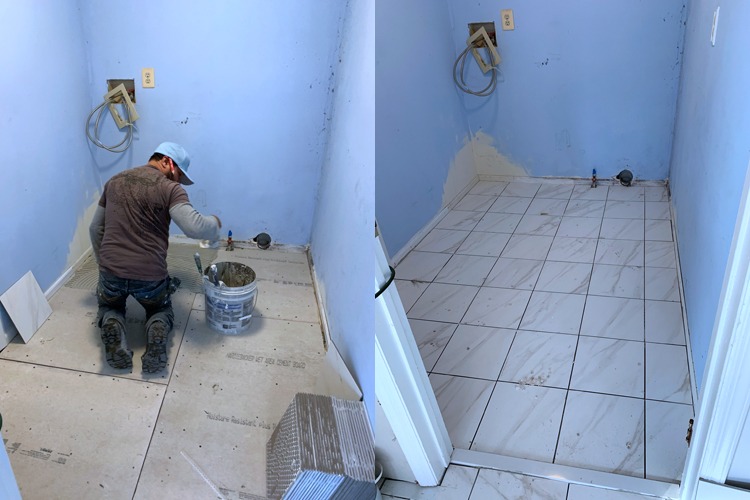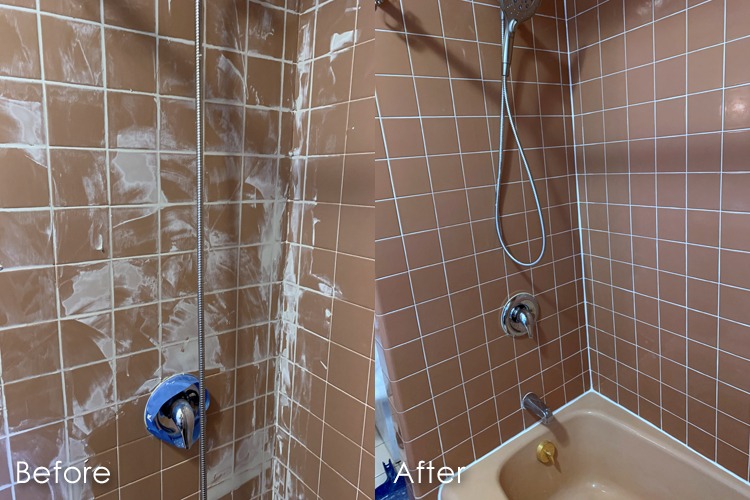Don’t use the incorrect type of grout or it could end up costing you quite severely.
Whether you are planning a new tile installation or re-grouting project, the most important question you can ask is, “Should I use sanded or unsanded grout?” There is a difference in grout types for a few types of uses, and for different reasons. The Grout Medic uses the following information to guide us through all our tile replacement and tile re-grouting projects.
Sanded Grout vs. Unsanded Grout
Similar to mortar, grout works to adhere your tile into one surface, and keep your tile installation in proper formation. The proper grout mixture and application will keep your shower water-tight. It will keep your floor tiles strong, resistant to foot traffic and impact. When grout is properly installed and maintained, it can remain healthy for 15, even 20 years. The quandary of whether to use sanded or unsanded grout is answered by the type of tile being installed, as well as the size of the grout lines in your tile installation. The location of the tile will also play a role.

Tile replacement installation by The Grout Medic
When to Use Unsanded Grout
As the name denotes, unsanded grout does not contain sand. There are two types of unsanded grout – cement-based and epoxy. Both of these types of grout are smooth in texture. Epoxy grout is a blend of resin and a hardener. Cement-based grouts contain a mix of fine cement, water, and powdered pigments. Unsanded grout is recommended for tile, which can easily be marred by scratches, like marble. If marble tiles are used on a floor application, sanded grout is recommended, so that the overall installation remains strong. Epoxy grout is extremely strong, and can stand up to harsh chemical exposure. Unsanded grout should be used for tile applications with grout lines 1/8″ or less in size, for proper adherence.

Sanded grout mixture used in re-grouting project by The Grout Medic
When to Use Sanded Grout
The sand in sanded grout varieties is used as a thickening agent, which will prevent grout shrinkage. As mentioned above, sanded grout is the recommended mixture for floor tile installation. Sanded grout should also be utilized in tile installations or re-grouting, where grout lines are larger than 1/8″ thick. The larger the joint, the higher the sand concentration should be. For instance, if grout lines are 3/8″ or larger, they will require a high sand mixture, formulated specifically for large joints. Don’t take a chance on using the improper grout mixture for your specific project. Call The Grout Medic for a free consultation for your re-grouting needs.
So, it truly matters which type of grout you use when re-grouting your floor tile, shower, or bath tile. Get in touch with us by filling out our form here. We look forward to hearing from you!


